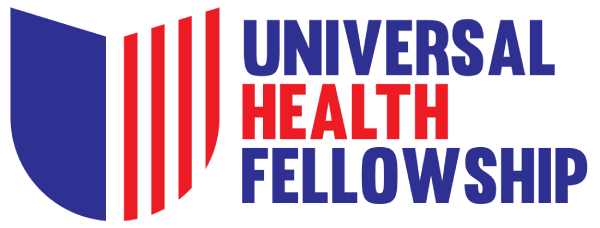The Current State of the Fight Against HIV/AIDS
This blog includes the most recent updates in HIV/AIDS treatment at the time of writing, August 2024. For information on HIV/AIDS as a whole, including what causes HIV/AIDS, how it’s contracted, who it effects, symptoms, and prevention information, please review our blog The Fast Facts on HIV/AIDS.
HIV/AIDS continues to be a global health challenge, but significant advancements in treatment have transformed it from a fatal disease into a manageable chronic condition for many. The current approach to HIV/AIDS treatment centers around antiretroviral therapy (ART), a combination of medicines that targets the virus in multiple ways, helping to control its replication and maintain the health of the individual. If you or a loved one is experiencing HIV/AIDS, please keep in mind that the best treatment plan for you will be decided by your personalized healthcare team.
Antiretroviral Therapy (ART)
ART is the current cornerstone of HIV treatment. The Mayo Clinic explains that antiretroviral therapy involves the daily administration of a combination of HIV medicines that work together to reduce the viral load to undetectable levels in the blood. An undetectable viral load not only prevents the progression of HIV to AIDS but also significantly reduces the risk of transmitting the virus to others.
ART typically includes a regimen of two nucleoside reverse transcriptase inhibitors (NRTIs) combined with a third drug from one of the following classes: non-nucleoside reverse transcriptase inhibitors (NNRTIs), integrase strand transfer inhibitors (INSTIs), or protease inhibitors (PIs). These drugs can stop HIV from making copies of itself, and therefore reduces or eliminates the spread of the disease through the body. The combination is selected based on the individual’s specific health needs, the virus’s resistance patterns, and potential side effects.
Treatment Access and Global Efforts
Global efforts to expand access to ART have been spearheaded by initiatives such as the U.S. President’s Emergency Plan for AIDS Relief (PEPFAR) and various WHO programs. These initiatives have dramatically increased the availability of ART, particularly in low- and middle-income countries where the burden of HIV is highest. As of 2022, over 28 million people were receiving ART worldwide, a significant increase from previous years.
FDA-Approved HIV Medicines
The U.S. Food and Drug Administration (FDA) has approved over 40 HIV medicines, which are classified into different drug classes based on how they combat the virus. The diversity of these drugs allows for personalized treatment plans that can be adjusted as the virus mutates or as individuals experience different side effects. Newer medications continue to be developed, offering more options with fewer side effects, easier dosing schedules, and improved efficacy.
Challenges and Future Directions
While ART has revolutionized HIV treatment, challenges remain. According to the Department of Human Health and Services, “There were 39.9 million people across the globe with HIV in 2023. Of these, 38.6 million were adults (>15 years old), and 1.4 million were children (<15 years old). In addition, 53% were women and girls.” Not all individuals have access to these life-saving medications, and adherence to the daily regimen is crucial for effectiveness.
While ART can suppress the virus to undetectable levels, it is not a cure. Research continues to find a cure or preventative vaccine, as well as improving treatment access and addressing the social and economic factors that contribute to the spread of HIV.
The current treatment landscape for HIV/AIDS is one of hope and progress. With ongoing global efforts and advancements in medicine, the goal of controlling and eventually eradicating HIV/AIDS is within reach, although challenges persist. Continued innovation and commitment are essential to achieving a world free of HIV/AIDS.




